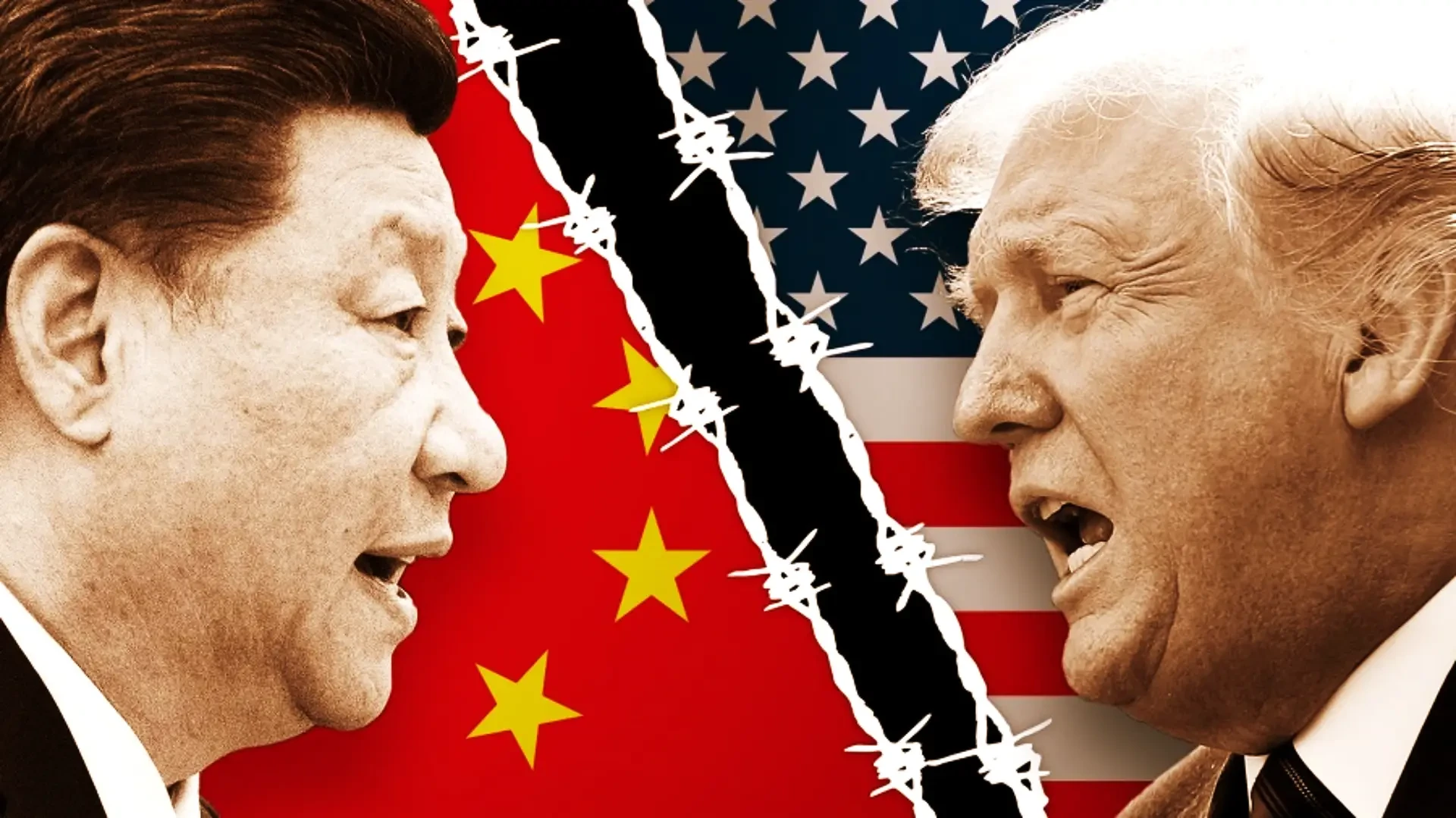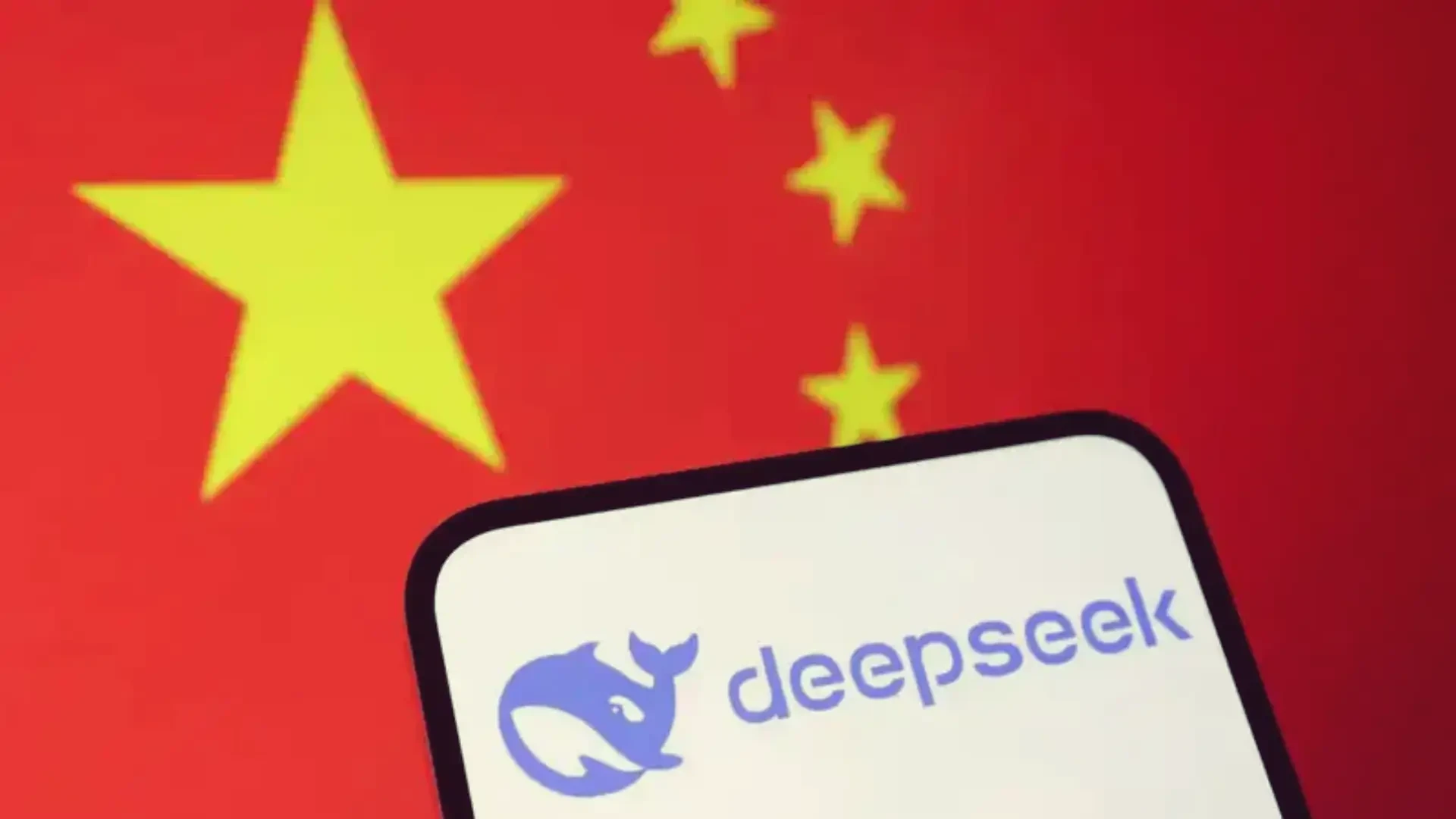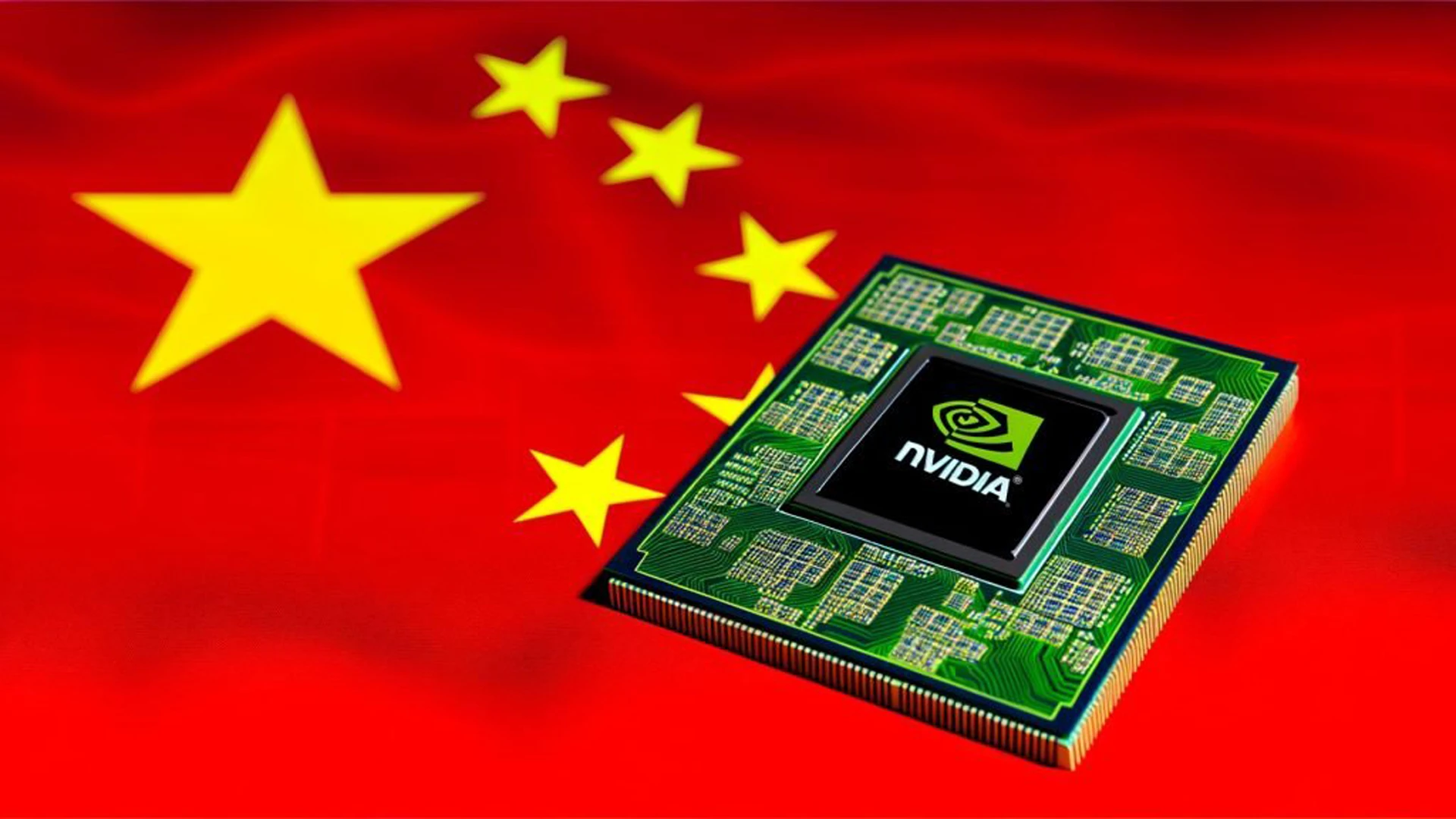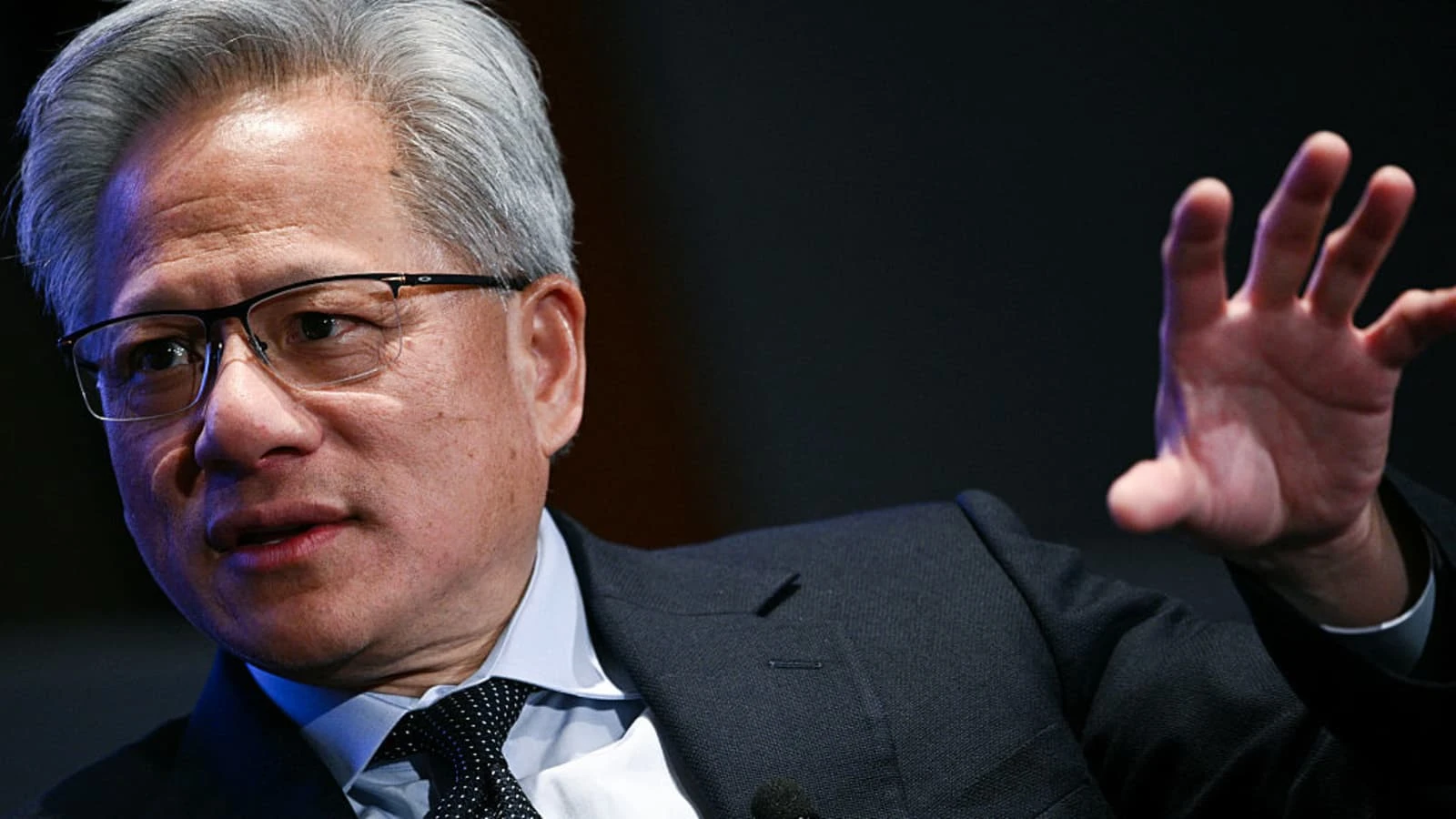Quelle surprise ! Nvidia a réussi à convaincre le président de ne pas voir les puces H20 comme un risque pour la sécurité nationale, ce qui a entraîné un retournement de situation incroyable ! Ce changement de cap ouvre de nouvelles opportunités et montre que le dialogue et la collaboration sont essentiels dans notre monde en constante évolution. Que vous soyez pour ou contre cette décision, une chose est sûre : le débat et le changement sont des moteurs de progrès ! Continuons à avancer avec optimisme et détermination.
#Nvidia #ChipsH20 #Innovation #Optimisme #Progrès
#Nvidia #ChipsH20 #Innovation #Optimisme #Progrès
🎉✨ Quelle surprise ! Nvidia a réussi à convaincre le président de ne pas voir les puces H20 comme un risque pour la sécurité nationale, ce qui a entraîné un retournement de situation incroyable ! 🌟 Ce changement de cap ouvre de nouvelles opportunités et montre que le dialogue et la collaboration sont essentiels dans notre monde en constante évolution. 🌏💪 Que vous soyez pour ou contre cette décision, une chose est sûre : le débat et le changement sont des moteurs de progrès ! Continuons à avancer avec optimisme et détermination. 🚀💖
#Nvidia #ChipsH20 #Innovation #Optimisme #Progrès

















